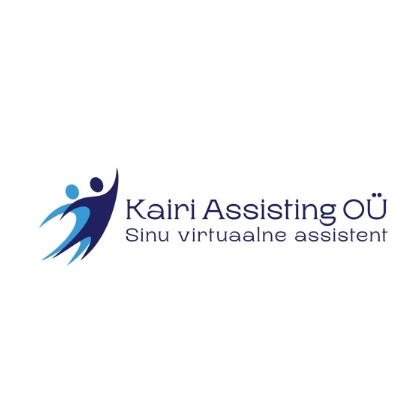The ultimate guide to efficient web meetings
In today's fast-paced business world, web meetings have become a staple for entrepreneurs, small to medium-sized business owners, and professionals. The ability to connect with teams, clients, and partners remotely is not just convenient; it's essential for maintaining productivity and fostering collaboration. However, without the right approach, web meetings can become time-consuming and unproductive. This guide will walk you through the steps to ensure your web meetings are as efficient and effective as possible.
Understanding the Importance of Web Meeting Efficiency
Efficient web meetings are critical for managing time effectively. With participants often juggling multiple responsibilities, it's important to start and end meetings on time and keep discussions focused and on track.
Web meetings can significantly reduce travel costs and other expenses associated with in-person meetings. By optimizing web meeting practices, businesses can maximize these financial benefits.
When conducted efficiently, web meetings can enhance productivity by facilitating quicker decision-making and streamlining communication.
Pre-Meeting Preparation
Before scheduling a meeting, define clear objectives. What is the purpose of the meeting? What outcomes are expected? Clear objectives help ensure that the meeting is necessary and that all participants are aligned with its goals.
Select a web meeting platform that fits the needs of your meeting. Consider factors such as the number of participants, required features, and ease of use.
An agenda is a roadmap for your meeting. It outlines the topics to be discussed and allocates time for each item. Share the agenda with participants in advance to allow them to prepare.
Provide any necessary materials, such as reports or presentations, before the meeting. This enables participants to come prepared and contributes to a more focused discussion.
During the Meeting
Respect everyone's time by beginning the meeting promptly. This sets the tone for an efficient meeting and encourages punctuality.
Encourage participation from all attendees to foster a collaborative environment. Use features like polls or breakout rooms to keep participants engaged.
Stick to the agenda and manage the time allocated for each topic. If a discussion deviates from the agenda, note the points and suggest taking it offline if necessary.
Make use of the tools available on your chosen platform. Features like screen sharing, whiteboards, and chat can enhance communication and collaboration.
Post-Meeting Follow-Up
At the end of the meeting, summarize the key points discussed and any decisions made. This helps reinforce the meeting's outcomes and ensures everyone is on the same page.
Distribute the minutes promptly after the meeting. This document should capture the essence of the discussion, decisions, and action items.
Clearly define action items and assign responsibility. Setting deadlines and expectations for follow-up can drive progress and accountability.
Best Practices for Web Meeting Etiquette
Maintain professionalism in web meetings just as you would in person. This includes dressing appropriately and being mindful of your background and surroundings.
Technical issues can arise during web meetings. Have a plan in place for troubleshooting common problems, and consider having a backup communication channel available.
Keep meetings concise and to the point. Avoid scheduling unnecessary meetings and be considerate of participants' other commitments.
Advanced Tips for Web Meeting Mastery
Explore how AI and automation can streamline meeting scheduling, note-taking, and follow-up tasks. These technologies can save time and enhance meeting efficiency.
Regularly solicit feedback from meeting participants to identify areas for improvement. Continuously refining your web meeting practices can lead to greater efficiency and productivity over time.






Comments (0)